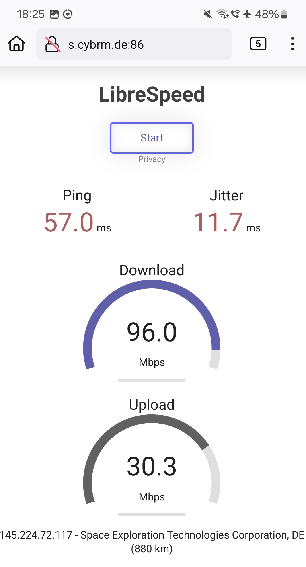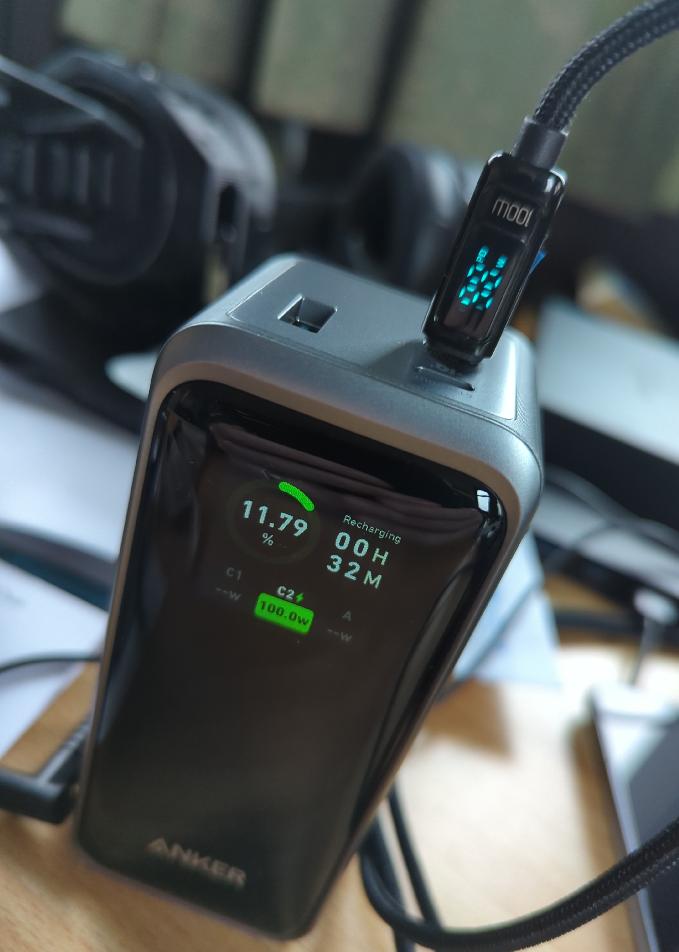
Once having made the decision to order a Starlink Mini, it only took a few days to be delivered. And indeed it is very small and portable compared to the previous hardware and can easily be carried in a small backpack. Part 1 has an image of the Mini on my bike for size comparison. So what about power and performance?
After ‘unboxing’ I went up to the roof of my house to set-up Mini-Dishy there and was rewarded with Internet connectivity around a minute and a half later. Speeds were a bit mixed that evening, but I was able to get around 100 Mbps in the downlink direction and 30 Mbps in the uplink direction in a first speed test with a round trip delay time of around 30 ms. That speed seems to be a bit slower than what I could previously get with the larger dish, but not much, if at all.
Continue reading Starlink Mini – Part 2 – Power and Performance



